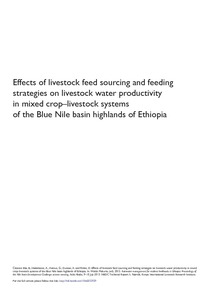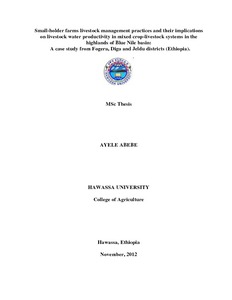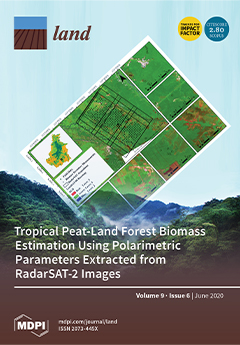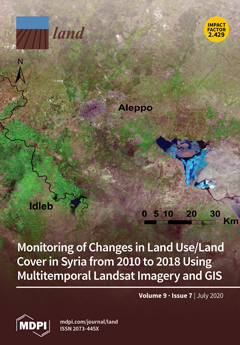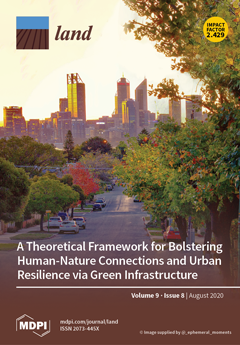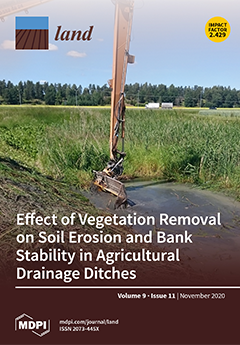Effect of current livestock feed sourcing and feeding strategies on livestock water productivity in mixed crop-livestock systems of the Blue Nile Basin highlands of Ethiopia
Effect of current livestock feed sourcing and feeding strategies on livestock water productivity in mixed crop-livestock systems of the Blue Nile Basin highlands of Ethiopia


